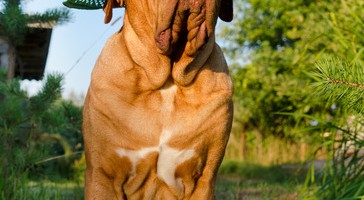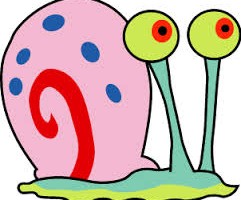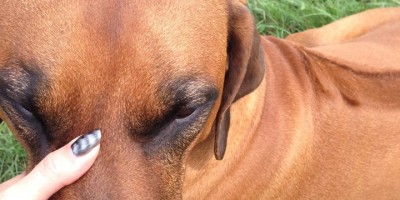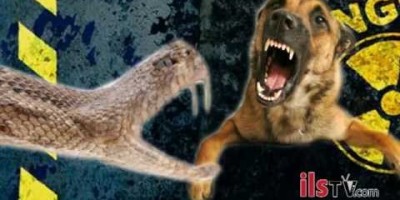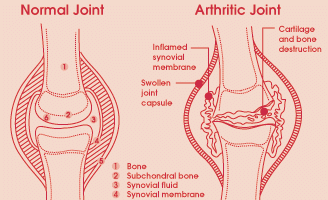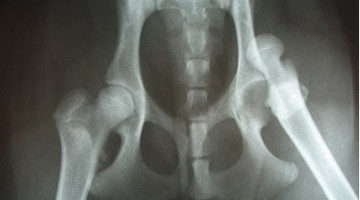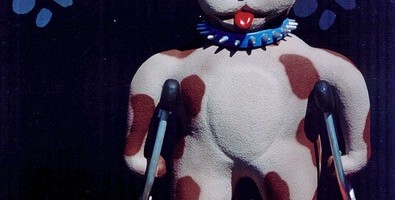Fits & Seizures
Fits and Seizures occur when brain cells malfunction and abnormal nerve signals spread throughout part of the brain in an uncontrolled way. The most common cause of fits/seizures/convulsions in dogs: EPILEPSY This is the most common cause. The first fit normally occurs before age 3 if true epilepsy is the cause. Fits in young dogs may often […]



